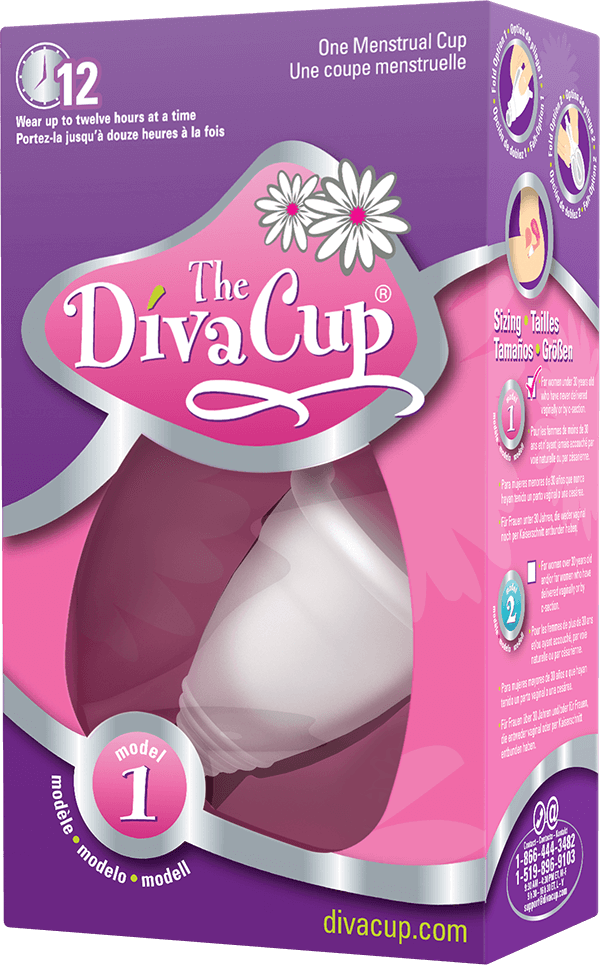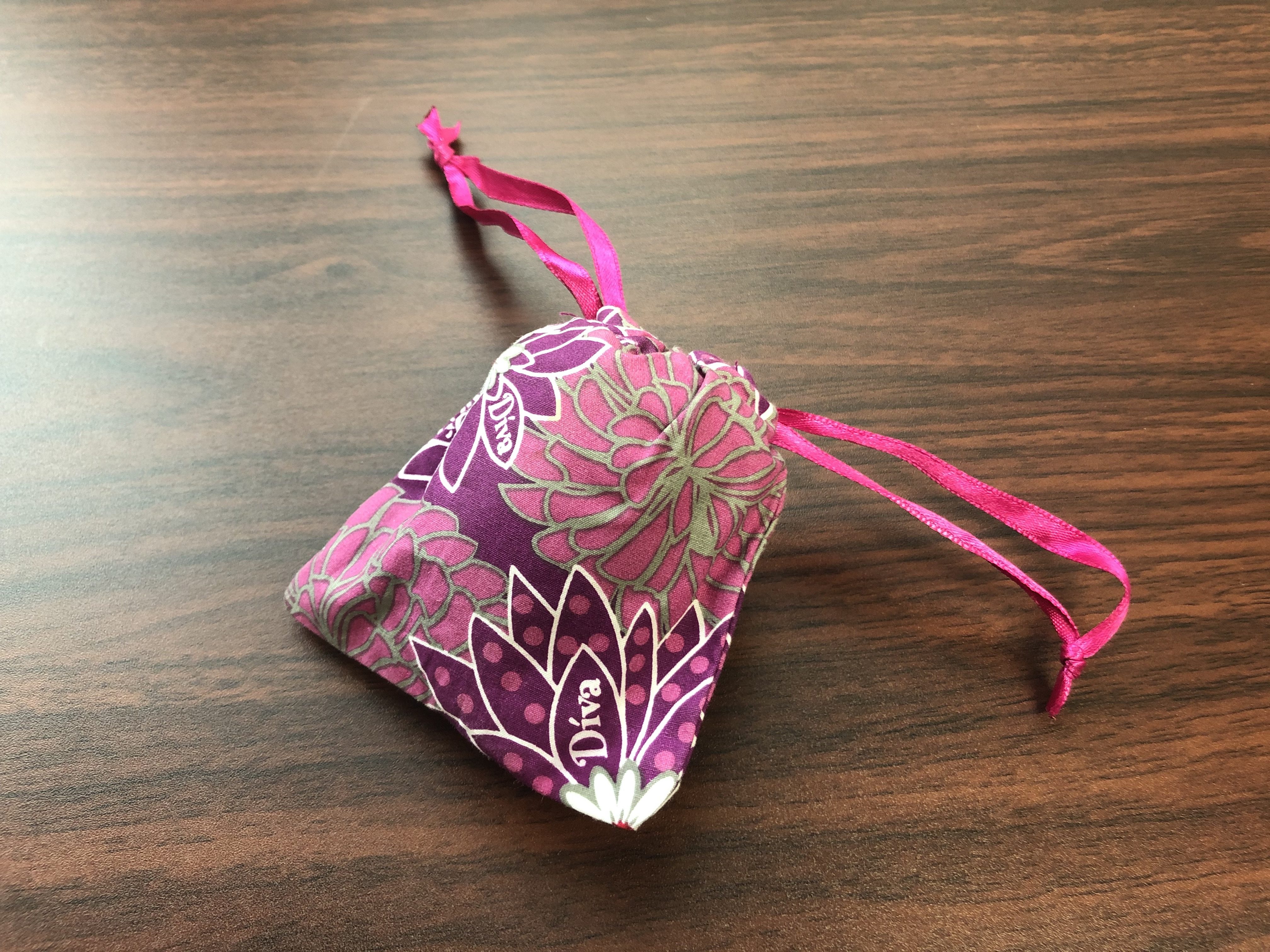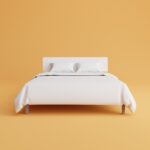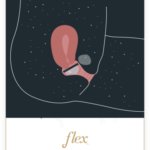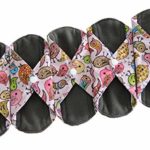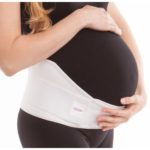Product Review: The Diva Cup
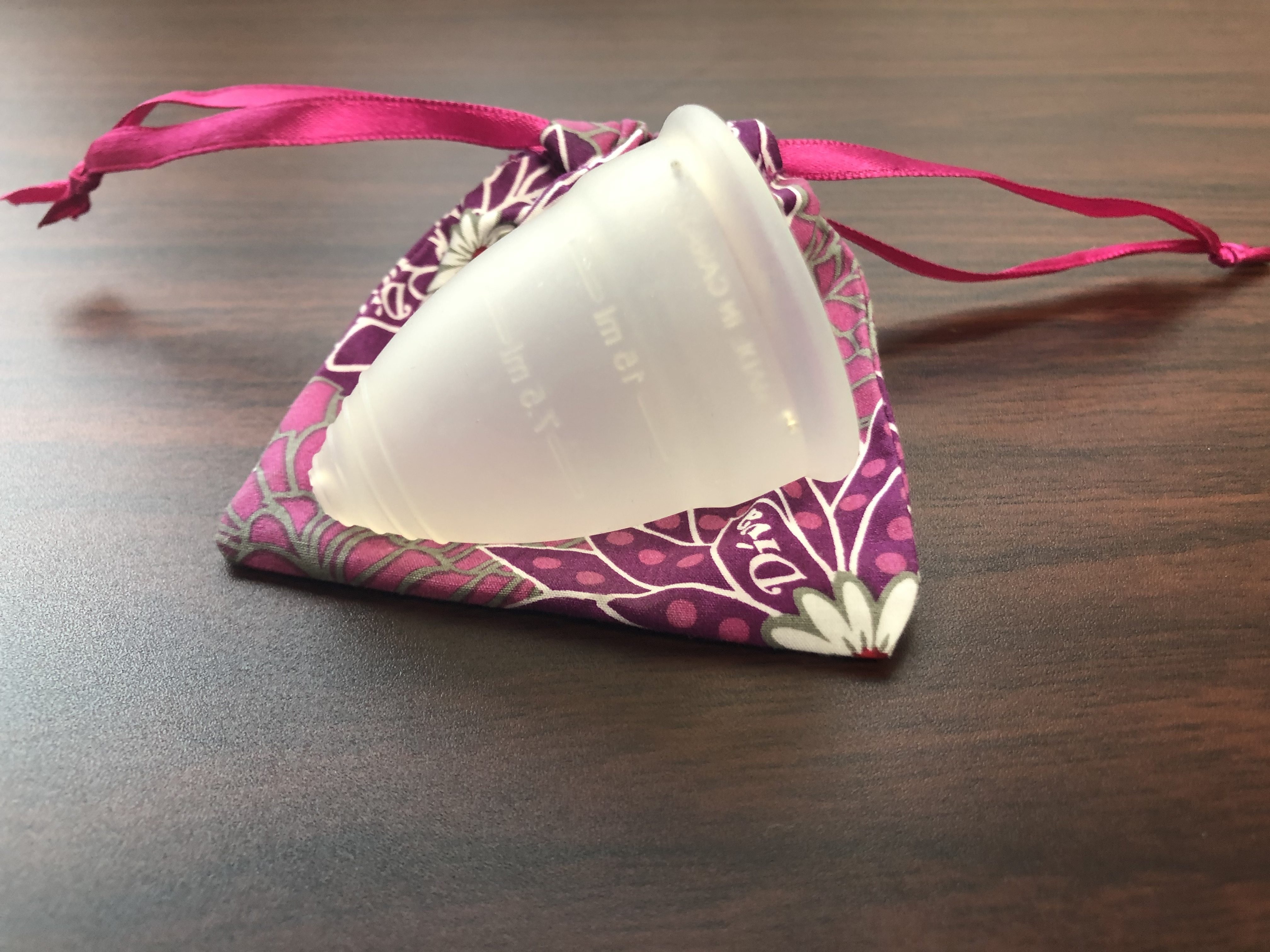
Why a menstrual cup?
I have been plagued by the ongoing search for the best menstrual products available for the past few years. As with most young women, I hit puberty and just immediately began using the menstrual products that my mom and my sisters were using. For me, that meant that I was using plain, unscented tampons and panty liners. It is part of the status quo that most of us march along with. We aren’t comparing notes with other friends or, Heaven forbid, asking advice from a healthcare provider. So we just fall into the routine of doing what women have always done. Often, it is just what is convenient and accessible at the time.
In the early 2000s, I started having a period. Then, there was not a lot of happening in the world of menstrual product development. The drug stores that I frequented just had pads and tampons on their shelves. So guess what I used? However, in recent years, I have not been satisfied with this. I have been seeking out new innovation in this field. That is because it will affect most women from the age of 12 years old (at menarche) to 51 years old (at menopause). This is such a large part of most women’s lives. So I challenge that maybe we shouldn’t settle for the status quo of using the same products without any option or variety.
A trial of a menstrual cup
One of the products that I decided to try out for a few cycles was a menstrual cup. A menstrual cup is typically a flexible, medical-grade silicone, reusable cup. It is inserted below the cervix to collect menstrual fluids. While the word “reusable” may sound pretty gross, it isn’t really that bad. (Hey, there are brave men and women out there using cloth diapers. And I would argue that newborn poo in a cotton diaper is a lot grosser to clean out than menstrual fluid from a medical-grade silicone.)
Who could use a menstrual cup?
So who may want to use a menstrual cup? Well, really any women having a period or other vaginal bleeding (like pill-related bleeding). It is meant to be a more convenient and cost-effective method of managing Aunt Flow. You should be mindful though, that there are specific products and sizes meant to meet your current needs and circumstances. Some things that vary from product to product for menstrual cups on the market include:
The type of silicone and its rigidity
- This is a big factor if you are trialing cups and feel that one is difficult to remove or insert. You may need a more flexible cup style. If you feel that you are leaking around the cup, it may be that you need a more rigid cup. This will help to stay in place while being active (or you may not be wearing the cup correctly, so check out the instruction manual or some videos online about inserting it into the correct place!).
The size of the cup
- Most brands have varying cup sizes meant to fit your anatomy. For example, if you have had a vaginal delivery, you likely need a bigger size of cup, because… things stretch! Similarly, if you have always been a person to use super or super max sized tampons, you might want to go with a bigger menstrual cup. The only concern about erring on the side of wearing a cup that is “too big” is that it can become difficult or painful to insert or remove.
The shape of the cup
- The shape of menstrual cups seems to be more related to the particular brand versus a choice of shapes tailored to your need. So shop around, if you feel the cup you have does not fit well.
The length of the stem on the cup
- The stem is the portion of the base of the cup that is meant to project downward to make it easier to grab. It’s length seems to be another thing that varies based on the brand. However, most brands will tell you to cut the stem to your ideal length anyway, based on how it feels when you wear it.
Which style did I choose?
I chose to try one of the most common styles that I kept coming across in drug stores. It is called the Diva Cup.
I went with the size 2, because I have had a vaginal delivery, and it is supposed to fit better for me. (Note: I did consider getting the size 1, because of having a history of pelvic pain. But the size 2 was the right choice for me and didn’t cause any pain.) I was also able to get a coupon from my OB/GYN’s office, so you this one ended up being about $20. I picked it up from my local Walgreens.
With the Diva Cup, the instructions included a detailed picture of how to insert and remove the cup. Like with most cups, you can either fold it up or just pinch it in half to make it easier to insert. Then, when it is up near the cervix, you release it so that it unfolds into place. This can be a little like throwing one of those old pop-up tents, so you want to make sure it is up high enough when you release it, or OUCH!
The next step is very crucial; you must create a “seal” with the cup to make sure that you don’t just leak around it. To create the seal, you must twist the cup about 90 degrees once it is in place at the base of the cervix. (This is when having a longer stem helps, because it is a bit tough to twist the cup itself without much to grab.)
What do I think?
Pros:
No leaks!:
Okay, this is my number one on the list for a reason. I was amazed at how I didn’t leak once over the course of three cycles of wearing this, even while hiking, doing yoga, swimming, etc. The seal the cup created was really solid. So the only way to really leak with this cup is if you are wearing it incorrectly or if you wait long enough to change it that you overfill it.
Reusable/good for environment:
This cup is washable and reusable, which made me feel way better than I do when I am using a bunch of disposable, bleached cotton products.
Small enough to keep with you:
One big change that I noticed with switching to using a menstrual cup is that it is small enough that I could keep it with me all the time. I used to have to prepare for when my period would start by loading up a bunch of menstrual products into my bag. Now, I practice fertility awareness so I am never really caught off guard by my period. But the convenience of having a small bag containing my menstrual cup with me all the time was game changing.
Relatively cheap:
If I do the math, I have spent a ridiculous amount of money on pads and tampons in my life. This isn’t news. It is something that activists have brought up for awhile now, that we basically financially penalize women for choosing to menstruate versus using insurance to take a pill to stop from regular bleeding. Once again, fertility awareness is my way of life, so a one-time investment into a Diva Cup would cut down substantially on my drug store purchases.
Good design:
The Diva Cup has ridges on the bottom that make it significantly easier to keep a grip on as I pinched it to insert, twisted it to seal, or adjusted it throughout the day. The stem was also pretty long to start, which was very uncomfortable for me. So I cut it to the size I was most comfortable with and relied on gripping the ridges on the cup for everything else.
Worn up to 12 hours:
While there are emerging case studies saying it may still be possible to get toxic shock syndrome from a menstrual cup, most manufacturers say you can wear the cup up to 12 hours. That means that it is a product that can more safely be worn overnight. Traditional tampons should not be worn overnight!
Can be cleaned on the go, if you have the right bathroom set up:
While you are supposed to regularly sanitize the Diva Cup by boiling it or using their DivaWash product, you can easily clean it during the day as you need to with mild soap and warm water. This seemed pretty reasonable to me, and not by any means, too high maintenance.
Awareness of volume of bleeding:
A unique benefit of using a menstrual cup is that it allows women to visually track their volume of menstruation. Many women that I work with in fertility education don’t necessarily know how to qualify for themselves if they are having “heavy,” “moderate,” or “light” bleeding. This is a good tool for the detail-oriented that want to be able to quantify those terms.
Cons:
“Seal” is tough on prolapse:
My biggest concern with the Diva Cup is that the seal that keeps it from leaking is also pretty tough on prolapse. I have pelvic organ prolapse after having my daughter, and it seems that the “seal” exacerbates it. I tend to be more aware of “heaviness,” one of the primary symptoms of pelvic organ prolapse, when I am wearing the cup. Along the same lines, when I break the seal to remove the cup, it feels like it is pulling pretty aggressively on my pelvic organs, which I don’t love.
The Diva Cup is heavy:
I weighed the size 2 Diva Cup on my scale at home, and it was 0.6 ounces. So when comparing the Diva Cup to a pessary, it is pretty comparable. A pessary is a device meant to help keep pelvic organs in place for those with prolapse. That is bad news if you have significant pelvic organ prolapse or a very weak pelvic floor. It may feel like the Diva Cup is constantly dropping down or falling out of place. That can make it very irritating to the sensitive tissue at the opening of the vagina. So it may not be a good option for some women until they can get to a physical therapist and get a bit stronger.
Must have a bathroom sink to rinse out when ready to dump it:
This product is really only able to be cleaned if you have a private bathroom available. You can rinse it in the sink with some mild soap and water, as I mentioned above. But this would be challenging/awkward in a big bathroom with a line of stalls and sinks. But hey, own it girl, if that is all you have at your disposal. For me, this typically means that I plan ahead to empty it. I typically plan for when I know I have access to a private bathroom.
Difficult to insert, if you have pelvic pain:
The Diva Cup is pretty big. I don’t want to downplay that. If you are someone that has a history of pelvic pain and difficulty with even wearing/inserting small tampons, this may not be a good product for you.
Even without history of pelvic pain, could be difficult to learn to insert:
There is a learning curve to use a menstrual cup. The Diva Cup has a good manual to learn quickly, but as I said above, it may be best to review how to insert it by watching some videos as well. My one tip that I will throw in is to make sure that you are sitting with both feet fully supported when you try to insert it. This decreases the activation of your glutes and hip adductors compared to trying to squat/hover over the toilet to insert it. When your glutes and adductors are turned on, your pelvic floor muscles tend to turn on. This can make insertion of a cup (or tampon for that manner) very difficult or painful.
Must be comfortable with internally adjusting it:
This may go without saying, but the Diva Cup has to be inserted up to your cervix. That is not typically a very superficial structure! So to use one successfully, you must feel comfortable with reaching into the base of your vaginal canal to twist to seal the cup or to adjust it if it falls out of place.
Must have some anatomical awareness:
Once again, it may go without saying, but don’t reach in and start twisting things around if you don’t know what you are doing! You should watch some videos or look up some basic images of pelvic anatomy to know what goes where and to familiarize yourself with the anatomical terms that may be in the tutorials.
You are seeing your menses, which may gross some out:
Probably the “grossest” part of using the Diva Cup for some is that it is disposable, so you must empty and clean out the cup. That means visually inspecting your menses. While I would advocate that it is a very natural and normal thing to get comfortable with (hey, it is part of life for the vast majority of women), I realize that there have been many cultural taboos about the “cleanliness” of menstruation. So it may be something that some women are not comfortable with seeing.
Conclusion:
While it seems that my list of “cons” is pretty long, overall, I would definitely say that the Diva Cup is a good option for many women, especially those interested in using a reusable menstrual product and avoiding pesky leaks. Personally, I have continued to use it since testing it out, though not religiously. It would not be a great option for women with pelvic organ prolapse, a very weak pelvic floor, or those with a history of pelvic pain and difficulty with pelvic exams or insertion of tampons.

